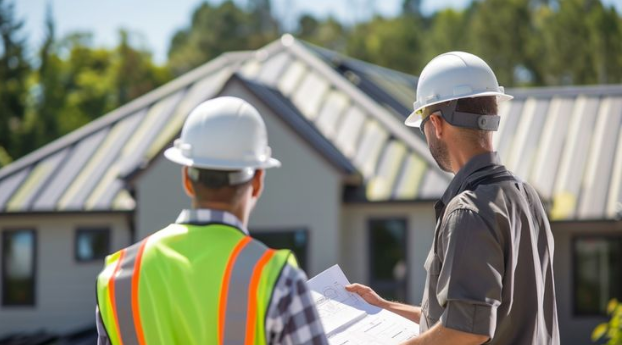Safety begins from the top down. While many building owners focus on foundational strength or interior hazards, the roof often gets overlooked—until there’s a problem. But a well-maintained roof is essential to the overall structural integrity of a building. Routine inspections are the secret weapon for catching problems early and ensuring long-term safety. Understanding how roof inspection reports contribute to this mission is key to smarter building management.
Detecting Issues Before They Become Disasters
Every roof tells a story. Small leaks, cracked tiles, or weakened seams are often early signs of much bigger issues. Without attention, these small problems can grow, leading to expensive repairs or unsafe conditions. Regular inspections are like health checkups—they identify issues in their infancy. A trained eye can catch things most people miss. By acting early, you save money and, more importantly, protect everyone inside the building.
The Role of Roof Inspection Reports in Preventative Maintenance
Roof inspection reports are written records detailing the condition of a roof after professional evaluation. They outline current issues, suggest repairs, and predict future risks. Think of them as blueprints for safety. These documents make it easier to plan and prioritize maintenance work. Instead of waiting for visible damage, building managers can take proactive steps. At the end of each detailed report, you’ll find critical notes that help prevent structural failures and reduce emergency repairs. That’s how roof inspection reports play a vital role in responsible maintenance planning.
Supporting Insurance Claims and Legal Compliance
Many property insurance policies require proof of regular maintenance. That’s where roof inspection reports come in handy. When submitting claims for weather damage or leaks, having a documented history can speed up the process. It shows that the building was cared for and issues weren’t caused by neglect. Additionally, local building codes often mandate safety standards for commercial and residential roofs. Roof inspection reports can confirm that you’re in compliance, reducing the risk of fines or legal headaches. These reports are more than just paperwork—they’re protection.
Improving Occupant Safety Through Timely Interventions
A compromised roof doesn’t just cause water damage. It can be a source of mold, falling debris, or even structural collapse. That puts everyone in the building at risk—tenants, employees, and visitors alike. Roof inspection reports reveal these dangers before they escalate. With this information, building owners can act quickly, scheduling repairs or reinforcements.
Extending the Lifespan of Roofing Materials
Every type of roofing material—from metal to asphalt to clay—has a lifespan. But poor maintenance can cut that lifespan short. When neglected, even high-quality materials degrade faster. Regular inspections backed by detailed reports ensure that necessary care is provided on time. Whether it’s removing debris, patching weak spots, or resealing joints, every action contributes to longevity.
Making Smarter Renovation and Budgeting Decisions
Budgeting for property upkeep is never easy. Without data, it’s just guesswork. But with the help of roof inspection reports, decision-making becomes more accurate. These reports highlight both immediate and long-term needs, helping property owners allocate funds wisely. Whether you’re considering a full roof replacement or just repairs, having recent inspection data makes the choice clearer.
Conclusion
Roof safety isn’t just about preventing leaks. It’s about protecting people, property, and peace of mind. Regular inspections create a clear picture of roof health, and when those findings are documented through detailed roof inspection reports, you gain powerful insight. From detecting early damage to ensuring code compliance and budget control, these reports are essential tools in modern building management.

